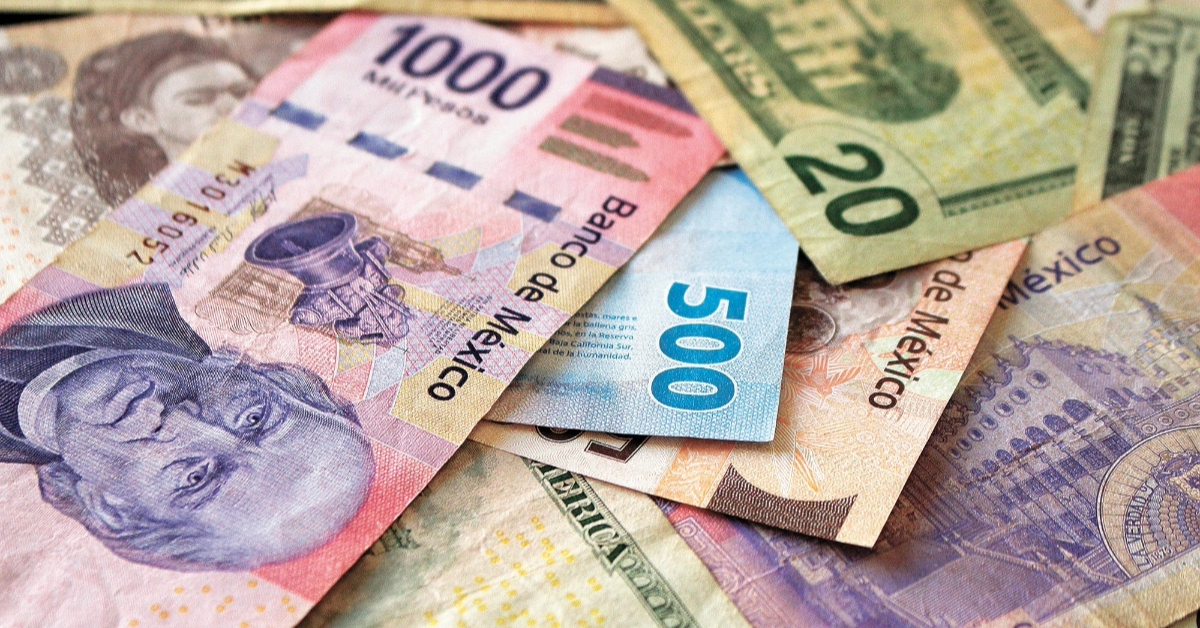The Mexican peso gained ground on Friday as the U.S. dollar weakened broadly, following the release of lower-than-expected U.S. employment figures. This shift in market sentiment fueled growing expectations that the U.S. Federal Reserve may initiate an aggressive series of interest rate cuts this month.
As of Friday, the Mexican peso (MXN=) was trading at 19.8084 per U.S. dollar, representing a 0.26% increase compared to Thursday's Reuters reference price. On Thursday, the peso had weakened significantly, reaching 20.1520 units per dollar, its lowest level since October 2022 . . .






